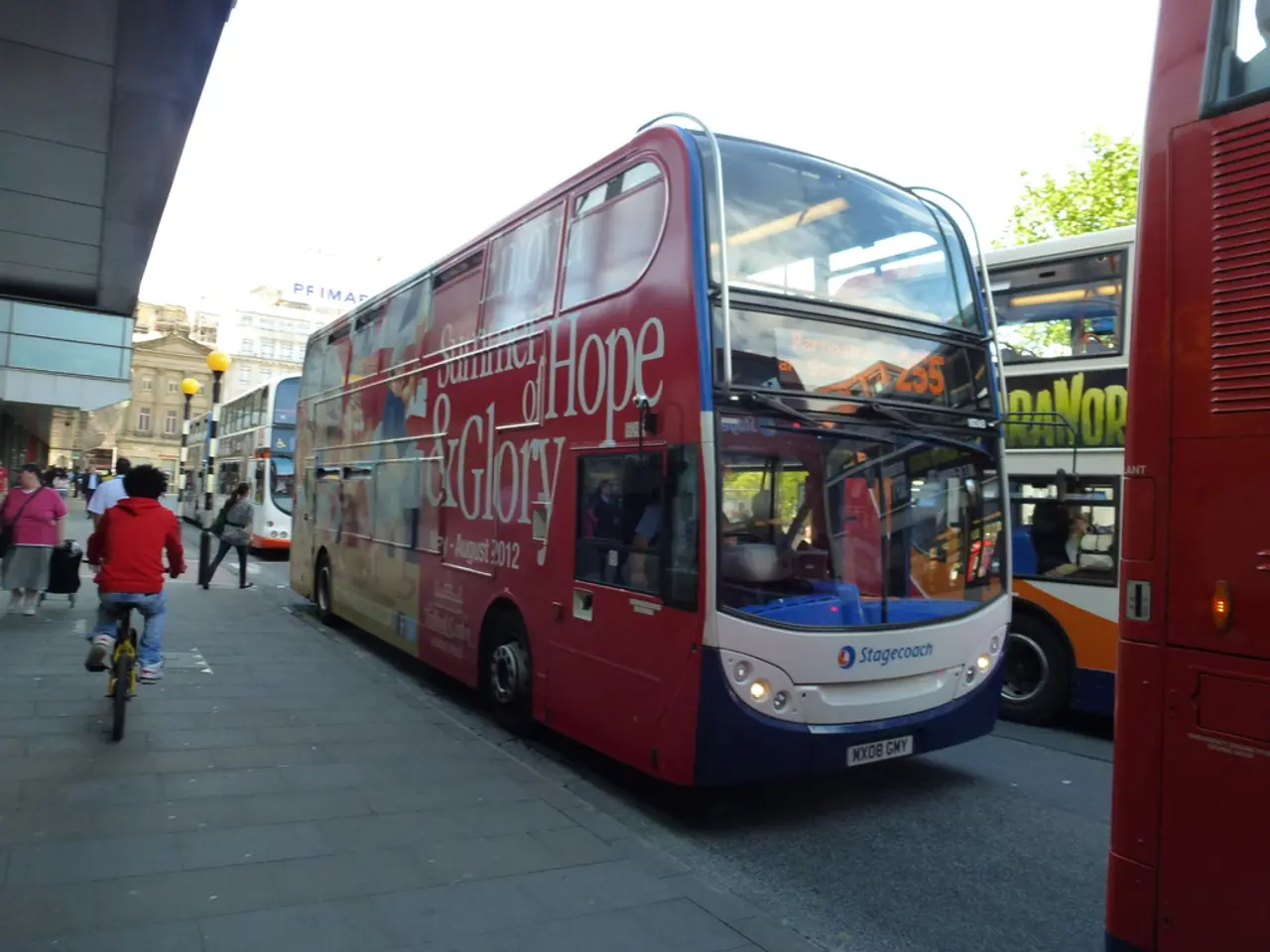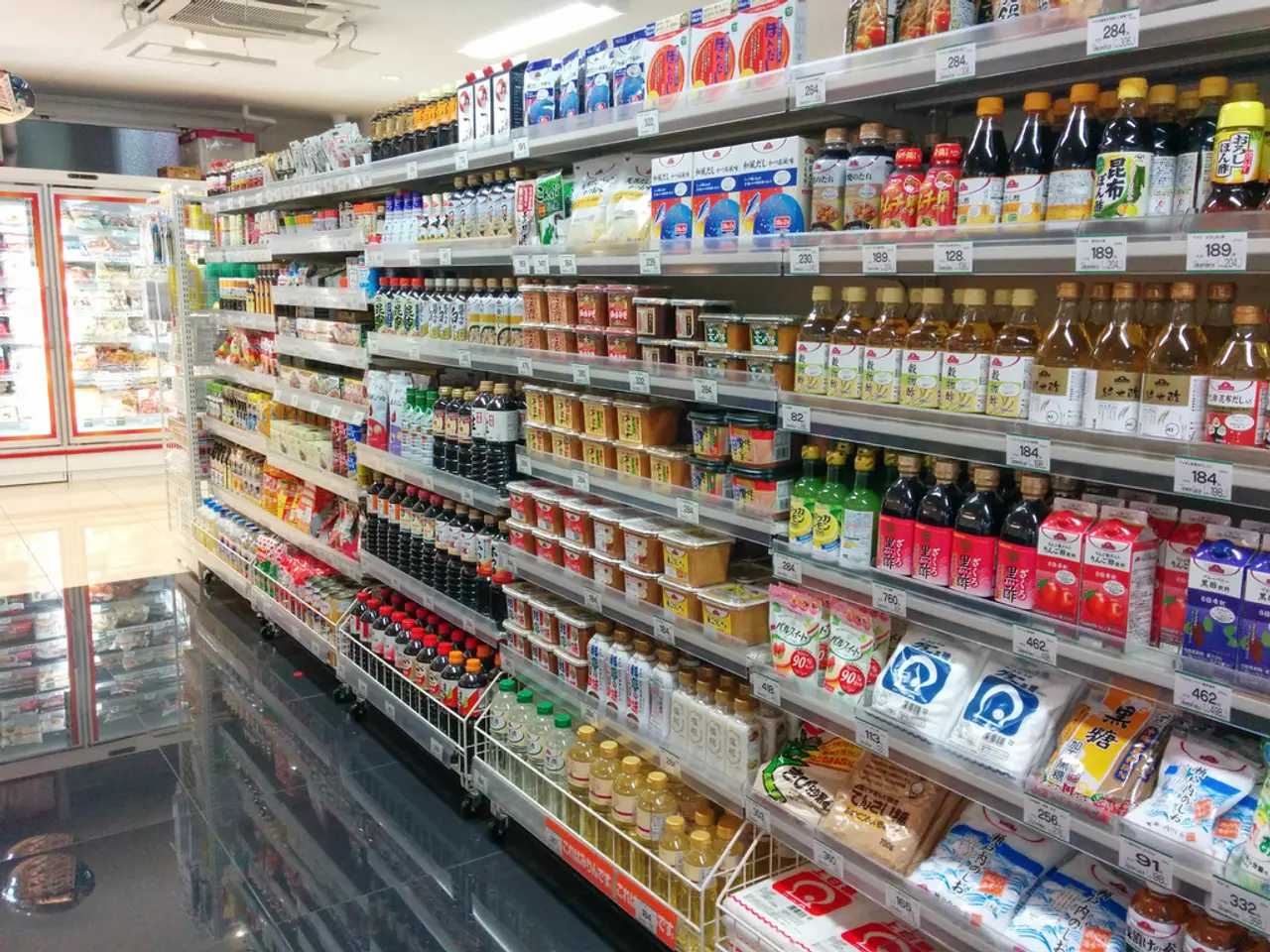Redesigning Park & Ride Services for a More Advanced Era
In a recent statement, SPD state parliamentarian Sonja Bongers has highlighted the importance of improving Park & Ride (P+R) facilities in North Rhine-Westphalia (NRW) to make the switch to public transport more appealing. The modernization of these facilities, as suggested by Bongers, would likely involve addressing identified issues, enhancing safety, equipment, and accessibility standards, and creating a seamless connection between mobility stations and P+R facilities.
The need for quality P+R facilities is significant, as they serve as interfaces between private car traffic and public transport (ÖPNV). Tests conducted by ACE in 2023 and ADAC in 2019 found that a quarter of the P+R facilities in NRW fell short in these areas. The tests focused on factors such as information provision, user comfort, equipment, accessibility, and safety.
Bongers' proposal includes the integration of mobility stations with P+R facilities in NRW, aiming to provide commuters with a more efficient and comfortable experience. The modernized facilities would likely feature well-lit parking areas, CCTV surveillance, emergency phones, clear signage, and secure pedestrian routes to public transit stops, as well as sheltered waiting areas, ticket machines, bicycle parking spaces, and real-time information displays.
Barrier-free access for people with reduced mobility would also be a priority, with ramps, designated parking for disabled drivers, tactile guidance systems, and audible announcements at transit stops. The design of various P+R facilities in NRW differs greatly, making a uniform modernization process crucial.
Bongers' emphasis on the quality of P+R facilities suggests a concern for user comfort and experience. Surveys conducted alongside the 2023 tests showed that cost and time savings are important arguments for commuters to switch to public transport for about half of the respondents. P+R facilities can be seen as an economic relief for commuters due to cost and time savings.
It is worth noting that the current standards for P+R facilities in NRW are typically aligned with state transportation policies. However, for precise, up-to-date official standards and regulations in NRW, the responsible authority is the Ministry of Transport of North Rhine-Westphalia or regional transport associations such as the Verkehrsverbund Rhein-Ruhr. These documents specify detailed criteria on safety features, equipment provisions, and universal accessibility mandates reflecting EU and German federal laws.
In conclusion, Bongers' proposal for the modernization of P+R facilities in North Rhine-Westphalia aims to improve the overall quality and efficiency of these facilities, making the switch to public transport more attractive for commuters. For the most authoritative and current technical standards regarding P+R facilities in NRW, it is recommended to consult the NRW Ministry of Transport website or regional transit authorities directly.
The importance of P+R facilities, serving as interfaces between private car traffic and public transport, extends beyond NRW, as their quality is crucial for the finance industry, given their potential to save commuters time and money. This modernization, as proposed by Bongers, also aligns with the transportation sector's goal of enhancing safety and improving accessibility standards in public-transit systems.




